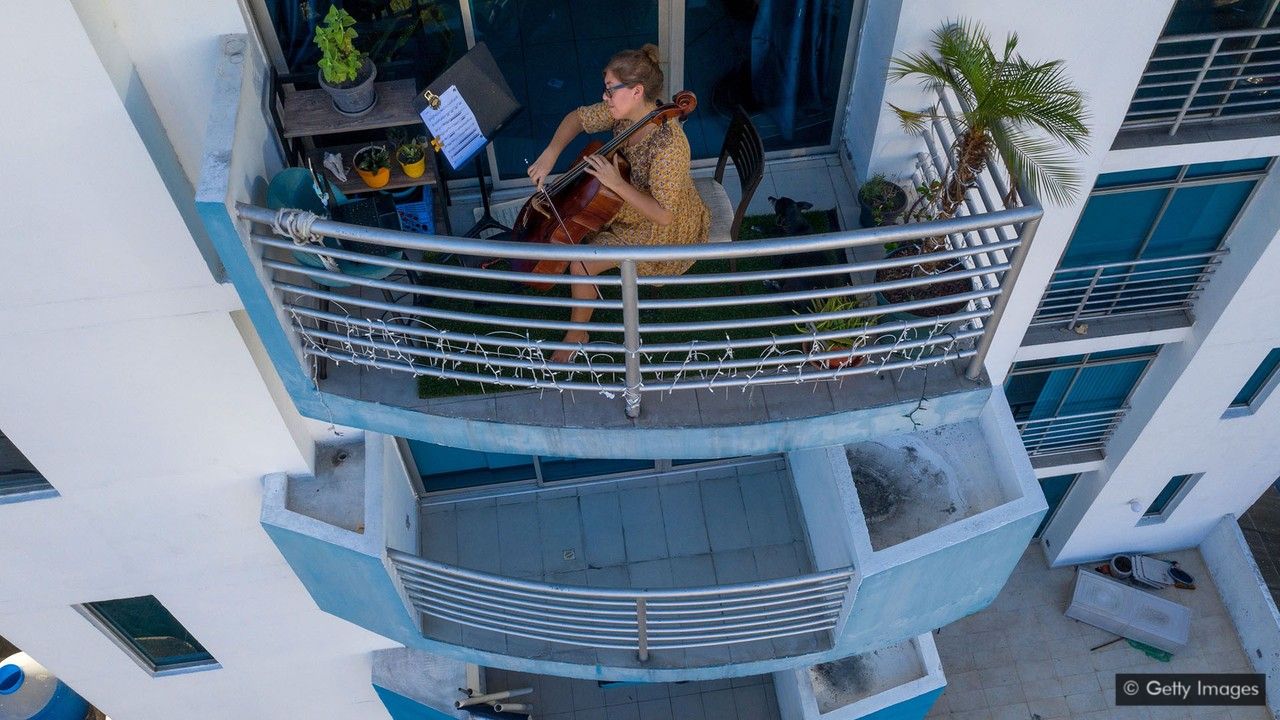Smart solutions
Some cities have prioritised accessible green space more than others; in Vancouver, 92% of residents live within a five-minute walk of green spaces. In Milwaukee, in the US state of Wisconsin,
Burrowes points to an urban trail that was deliberately designed to makes its way through several neighbourhoods of colour, allowing residents greater access close to home. She says cities like these have nature-minded advocates in local government: she points to the 10-Minute Walk Challenge, which challenges mayors to make parks a 10-minute walk from all homes by 2050. It’s a national initiative led by organisations like the US’s National Recreation and Park Association, and nearly 300 city mayors have signed on, with San Francisco becoming the first city to hit the challenge’s goal in 2017.
Burrowes also points to New York City’s work with minority communities in Manhattan’s Lower East Side decades ago to create ‘pocket parks’ tucked into the city blocks that exist to this day. Even when the city was gripped by crime, drugs and bankruptcy in the 1970s, it helped neighbourhood residents develop the public community gardens they made out of abandoned clearings that continue to provide green space for small public art events and other gatherings.
Then there’s the matter of balconies. “I live in affordable housing, and I’m grateful for the housing,” says Kgama. “But I was kind of thinking, ‘would it have hurt them to put a balcony here?’” She isn’t alone in that sentiment: from New York to Toronto, there’s been more demand for balconies built into apartment units. Strict zoning laws and extra cost are roadblocks, however, as is the fact that bigger balconies can mean less space inside.

“Balconies and communal rooftops were not common features of pre-war construction, and 57% of all units in New York City were built before 1947,” says New York University’s Ellen, who says small courtyards are more common, and many public housing buildings were built to include them. But many, like Kgama’s, don’t allow residents access, as that would require extra maintenance money.
Some local architecture firms, like New York City-based PRO, think now is the time to address this issue, with proposals to retrofit screened-in balconies onto the sides of World War Two-era brick buildings. Nathan Rich, the founding partner at PRO, points to a project in France that’s done something similar, adding balconies on to 1960s social housing developments. His firm is looking at buildings within the New York City Housing Authority (NYCHA), which provides housing to low and middle-income residents, to design possible solutions.
Covid continues to spotlight where these inequities are and what they look like – Kimberly Burrowes
Most NYCHA buildings lack outdoor space, plus many of the buildings are ageing rapidly, with potentially huge maintenance costs – meaning any solutions need to be creative. “We are looking at strategies that would allow new balconies to perform multiple functions and piggyback on NYCHA maintenance efforts that are already underway,” says Rich.
Nesbitt says changes don’t have to be so radical; even “view corridors” to parks from your home could help. Extra flowers on the street could work, too, because we can’t go to the park every day. “Especially if we’re busy, or a single parent, or low income and we have to work a couple [of] jobs. You’re not going to be in the park five blocks from your house – you will be walking down the street in front of your house, and that contact with nature is important.”
Pg 4/5

